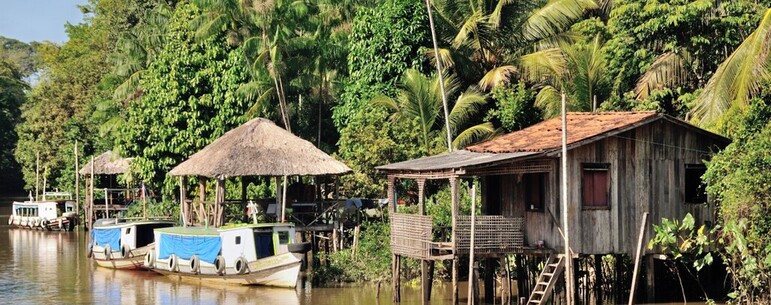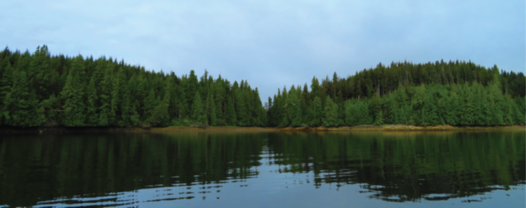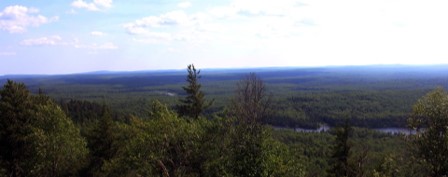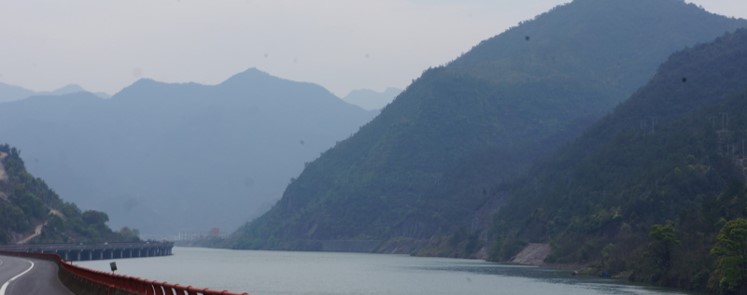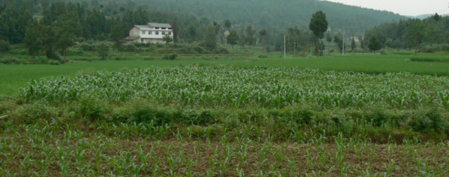PORTFOLIO OF CARBON OFFSETTING PROJECTS
By choosing Carbon offset, you compensate your outstanding carbon emissions through a portfolio of environmental projects worldwide. Offset 100% of your well-to-wake CO2 emissions and obtain an offsetting declaration.
WHY THESE CERTIFIED PROJECTS?
In partnership with companies recognized in offsetting expertise, we have carefully selected a portfolio of environmental projects all around the world. We support these projects on your behalf by purchasing Verified (or Certified) Emission Reductions which are then removed from an official registry, such as Verified Carbon Standard. Find below the last update of our portfolio of projects that will be updated regularly as we add new projects to it. On top of the information on this page, you will find all the details (project IDs, vintages, volumes purchased by CMA CGM) in the PDF document down below.
These projects were selected with a focus on:
1. Different typologies of projects to ensure the diversity of co-benefits.
There are 4 types of projects:
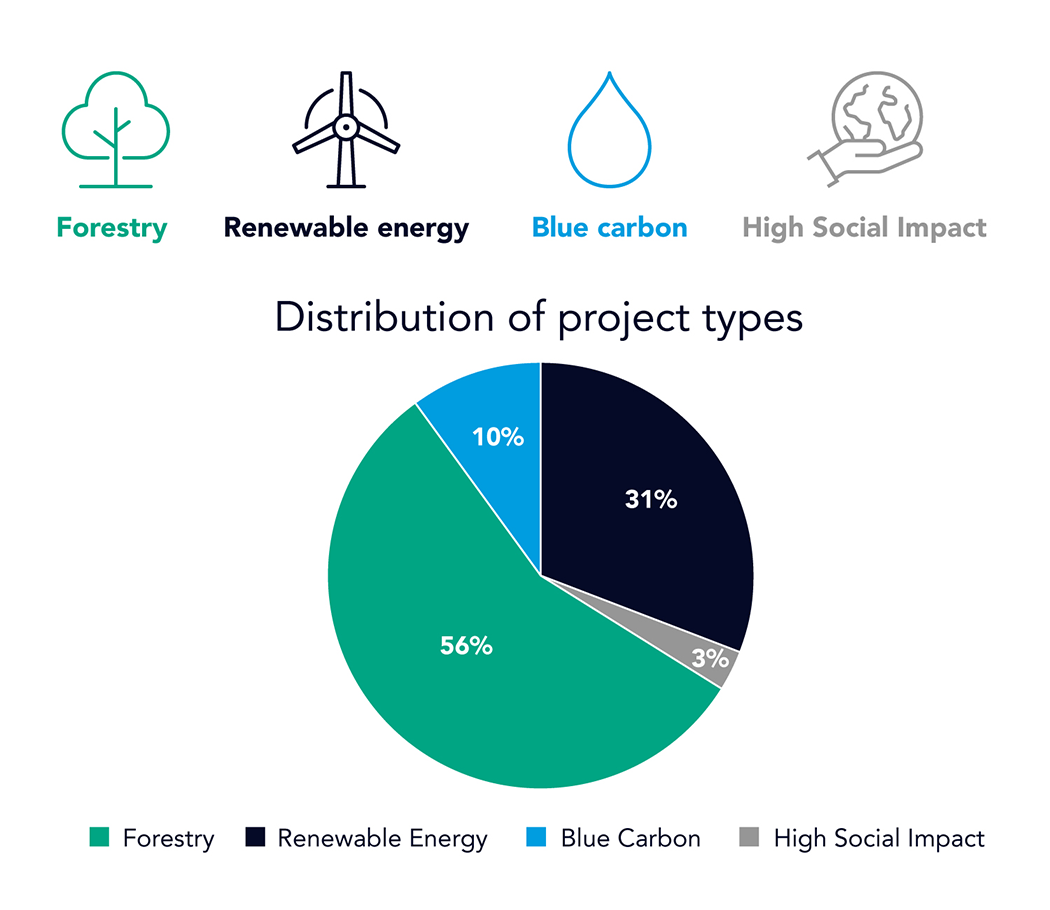
2. Worldwide geographical spread representative of our customers’ support.
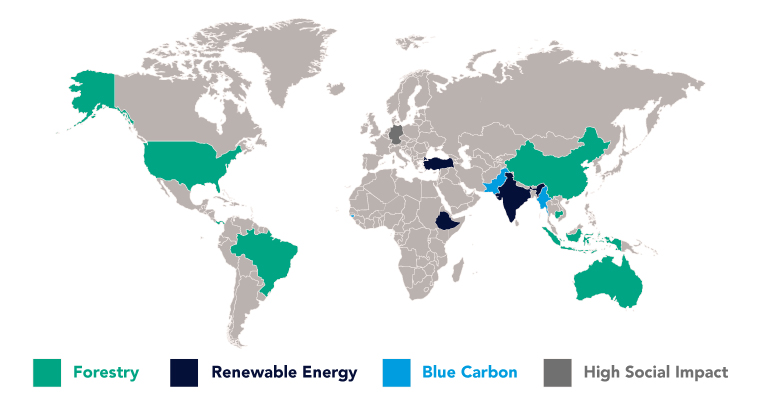
WHAT ARE THESE PROJECTS?
Blue Carbon
Blue carbon projects refer to carbon captured or preserved by the world's oceans in peatlands, and marine and coastal wetlands. The carbon stored in the sediments and plants in these wetlands is known as blue carbon. The projects focus on preserving and restoring those ecosystems. They have a positive impact on the conservation of biodiversity, natural disaster risk reduction, and poverty reduction with sustainable livelihoods in coastal communities.
Forestry
Forest Conservation (REDD+)
The REDD+ approach is to reduce deforestation in a demarcated area by giving more monetary value to standing forests than to logged forests because mature natural forests are very important carbon sinks. The implementation of measures for monitoring and sustainable forest management is accompanied by a series of economic activities developed by and for communities in order to offer them an alternative to deforestation.
Improved Forest Management
IFM consists of supporting conservation and species protection through improved forest management. The protection of biodiversity and its habitat has many impacts such as the reduction of carbon emissions and the protection of freshwater systems thanks to trees and roots that serve as natural filters. They have many positive impacts on the environment like limiting soil erosion and maintaining a high level of biodiversity.
Afforestation, reforestation, and revegetation (ARR)
The ARR is a project category that quantifies the conversion of degraded lands to restored ecosystems. ARR projects are crucial to tackling climate change because they remove carbon from the atmosphere while also restoring degraded ecosystems and improving soil conditions.
Renewable Energy
Wind Energy
Thanks to wind turbines, it is now possible to convert wind into electrical energy: the force of the wind makes the wind turbine rotor rotate, converting it into kinetic energy. The electricity thus produced is then injected into the local, regional, or national electricity grid. The inclusion of wind energy in a country's electricity mix makes it possible to gradually replace electricity produced by non-renewable sources such as coal.
Hydro
Small-scale hydropower projects deliver clean and renewable electricity to the national grid and contribute to climate change mitigation through the displacement of more traditional fossil fuel-based energy sources.
Geothermal
Geothermal projects are designed to use the thermal energy from the Earth to displace fossil fuel-based sources of energy. This sustainable energy is then powered on the national grid or can support the transition of heating systems in cities.
Biogas
Biogas projects transform agricultural waste to a clean, reliable source of energy. On top of it all, residues from the fermentation process can be used as organic fertilizer, increasing crop growth and yields.
High Social Impact
Recycling
Instead of being an environmental hazard, waste can be a source of energy to fuel sustainable economic growth. Recycling projects support innovative processes like composting, anaerobic digestion, and even incineration to help towns and cities gain energy independence. Recycling projects also help major waste management installations such as landfills, wastewater treatment plants and manure management processes yield sources of energy generation from what could otherwise pollute local environments. Finally, recycling, recovery and reuse of plastics, metal and paper not only reduces waste to landfill, they also lower global emissions.
Find more detailed information on these projects:
Here!








